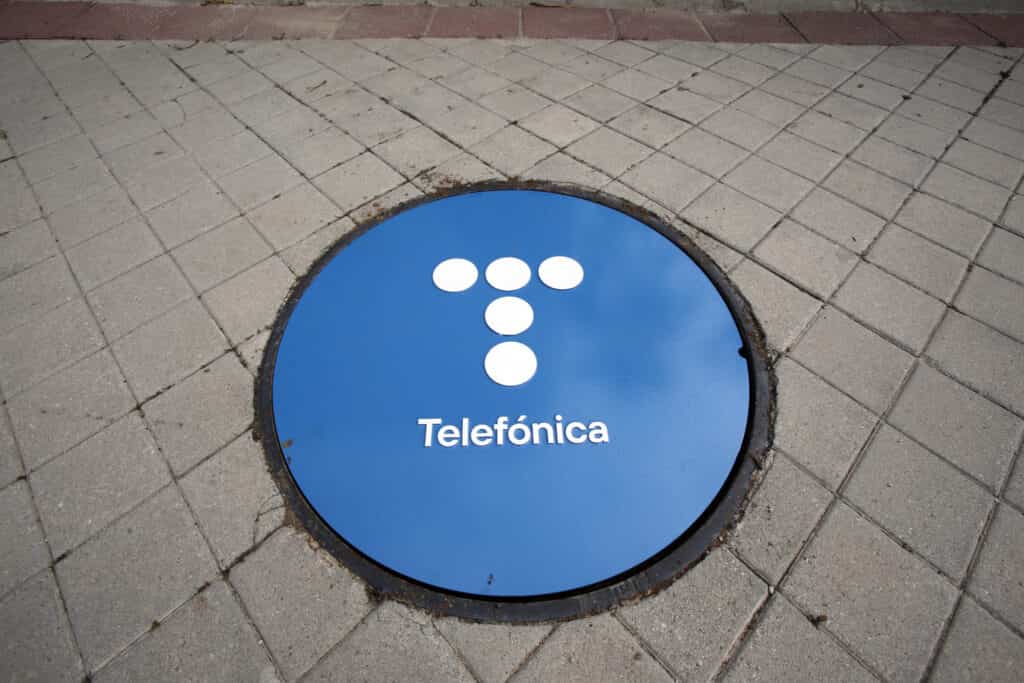On January 27, 2025, Telefónica will take a historic step in the telecommunications sector in Spain by ending the interconnection of calls based on TDM (Time Division Multiplexing) technology. This move, supported by the National Commission of Markets and Competition (CNMC), will mark a complete transition to IP (Internet Protocol) technology, consolidating the exclusive use of voice over IP (VoIP) in telephone communications. This change, which has been in progress since 2018, symbolizes the end of an era and the beginning of a new phase in the modernization of networks.
Why are we saying goodbye to TDM?
TDM technology has been a pillar of telecommunications for decades, allowing multiple signals to be transmitted over a single channel and being fundamental for services such as digital telephony and ADSL. However, technological advancements and the arrival of IP technology have rendered TDM obsolete. In December 2023, less than 0.2% of Telefónica’s call traffic with other operators was conducted using TDM, highlighting its lack of relevance in the current landscape.
Furthermore, keeping TDM exchanges operational poses a logistical and financial challenge: the shortage of spare parts, the lack of qualified personnel, and high energy consumption contrast with the efficiency and sustainability of IP networks. Telefónica has 49 TDM exchanges distributed across 21 core areas that will be gradually dismantled, a process aligned with other technological modernization initiatives such as the shutdown of copper networks, scheduled for 2026.
Benefits of the transition to IP
The shift to IP technology not only ensures the continuity of telephone calls but also brings significant advantages:
- Operational and energy efficiency: VoIP leverages Internet data traffic, which allows for cost reduction and significantly lowers energy consumption.
- Improved quality: Calls over VoIP offer superior audio quality and greater stability in connections, enhancing the user experience.
- Cost reduction: By eliminating TDM infrastructure, operators can reduce maintenance costs and focus on new technologies like 5G.
Additionally, IP technology facilitates integration with advanced services, such as video calls and messaging applications, promoting the convergence of digital services.
Impact on users and operators
For end users, the transition will be almost invisible. However, operators will experience a significant change in their operations, as they will be able to optimize resources and focus on developing more advanced technologies. This shift also strengthens the country’s digital ecosystem, enhancing the infrastructure necessary for the expansion of 5G.
With this move, Telefónica and Spain position themselves at the forefront of telecommunications, betting on a more efficient, sustainable model prepared for future demands. The date of January 27, 2025, will be recorded as the start of a new era for connectivity in the country.

